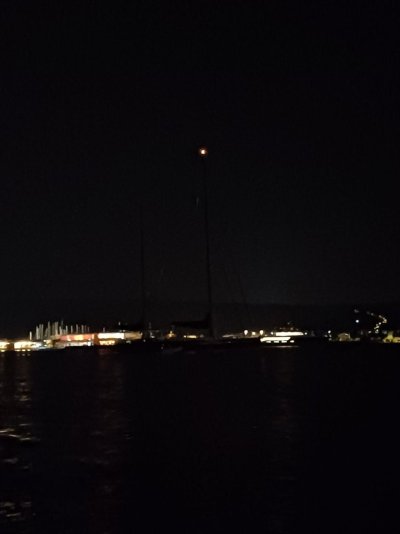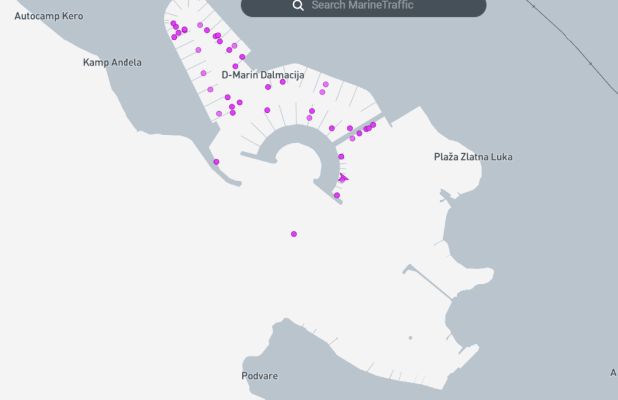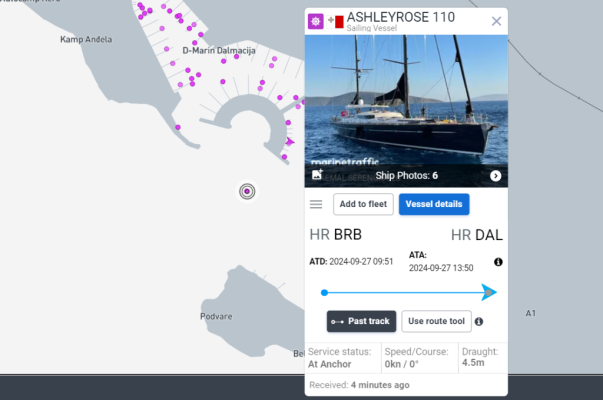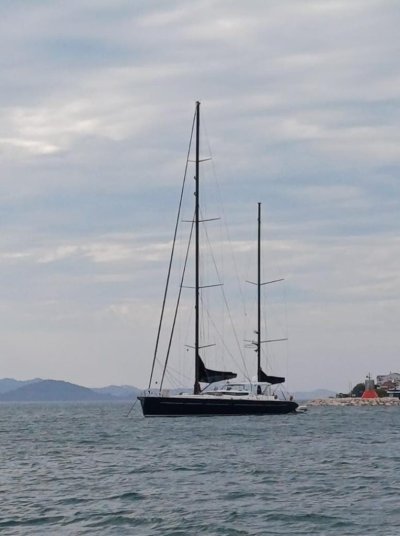I am preparing an offer for a Monk 36, after being on her today, and feeling satisfied that, in almost every way, she is what I have been looking for. However, the radar that was on the boat failed and was removed, and the other electronics are older. In any case, once I put in new radar, the older components likely wouldn't "talk" to it, so I am looking at upgrading everything, and am hoping some of you have ideas of costs. Not to reduce the offering price, just to feel like I have a decent idea of what I will need to spend.
I am talking about a radar dome, probably 24", an MFD for radar, plotter, and AIS, and a new VHF with AIS so it will synch with the new MFD and software. I would need this for the bridge, and the lower helm. I don't really have a preference between Garmin, Raytheon, Simrad, etc. If I decide to add autopilot, it would need to talk to everything else.
Based on only very casual checking, I am thinking this is at least $15-20,000, plus some installation costs. ( Not including the autopilot.)
Can anyone help give me a sense if I am wildly under what it will really cost, or maybe at least somewhere in the ballpark?
Thanks,
Peter
I am talking about a radar dome, probably 24", an MFD for radar, plotter, and AIS, and a new VHF with AIS so it will synch with the new MFD and software. I would need this for the bridge, and the lower helm. I don't really have a preference between Garmin, Raytheon, Simrad, etc. If I decide to add autopilot, it would need to talk to everything else.
Based on only very casual checking, I am thinking this is at least $15-20,000, plus some installation costs. ( Not including the autopilot.)
Can anyone help give me a sense if I am wildly under what it will really cost, or maybe at least somewhere in the ballpark?
Thanks,
Peter




